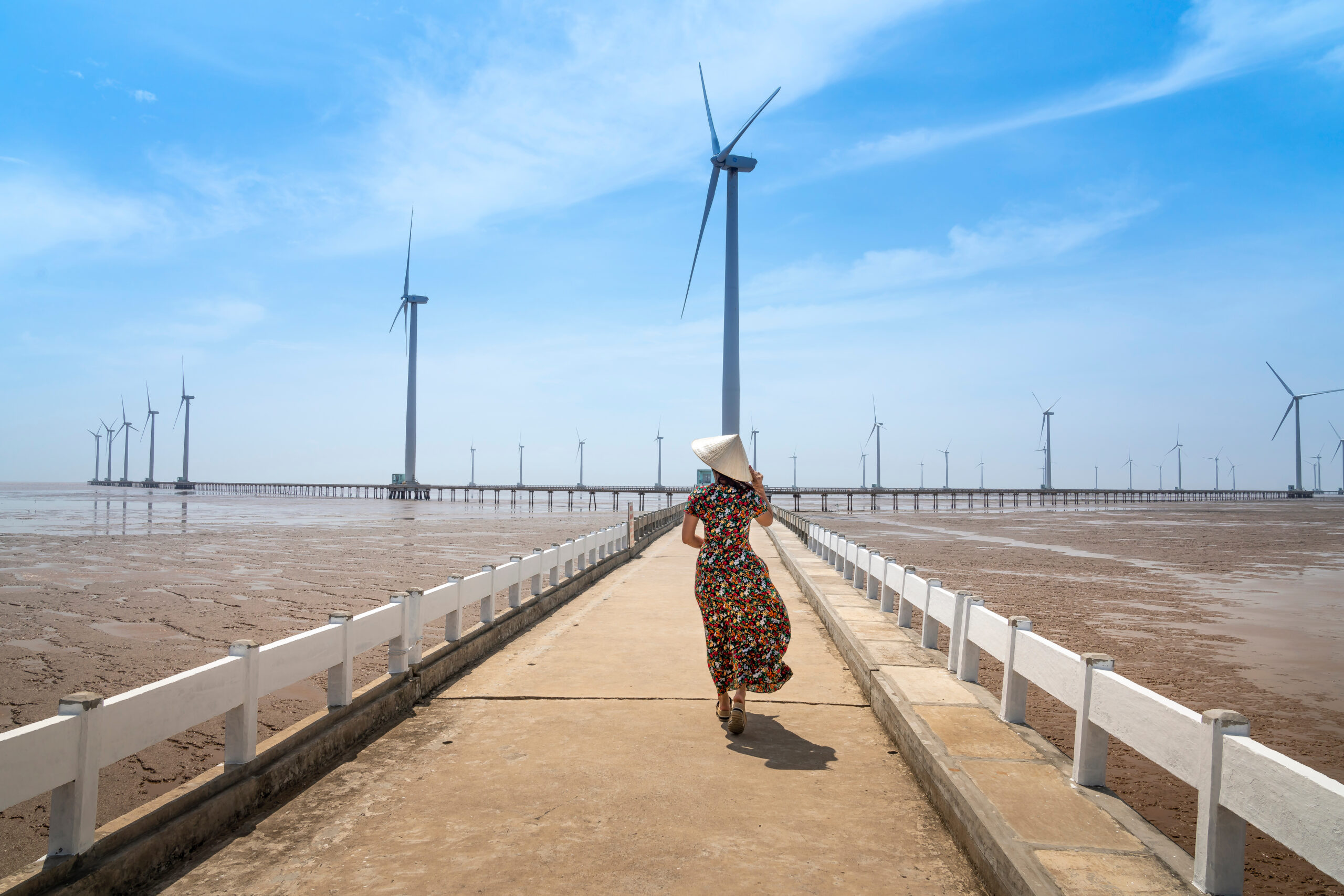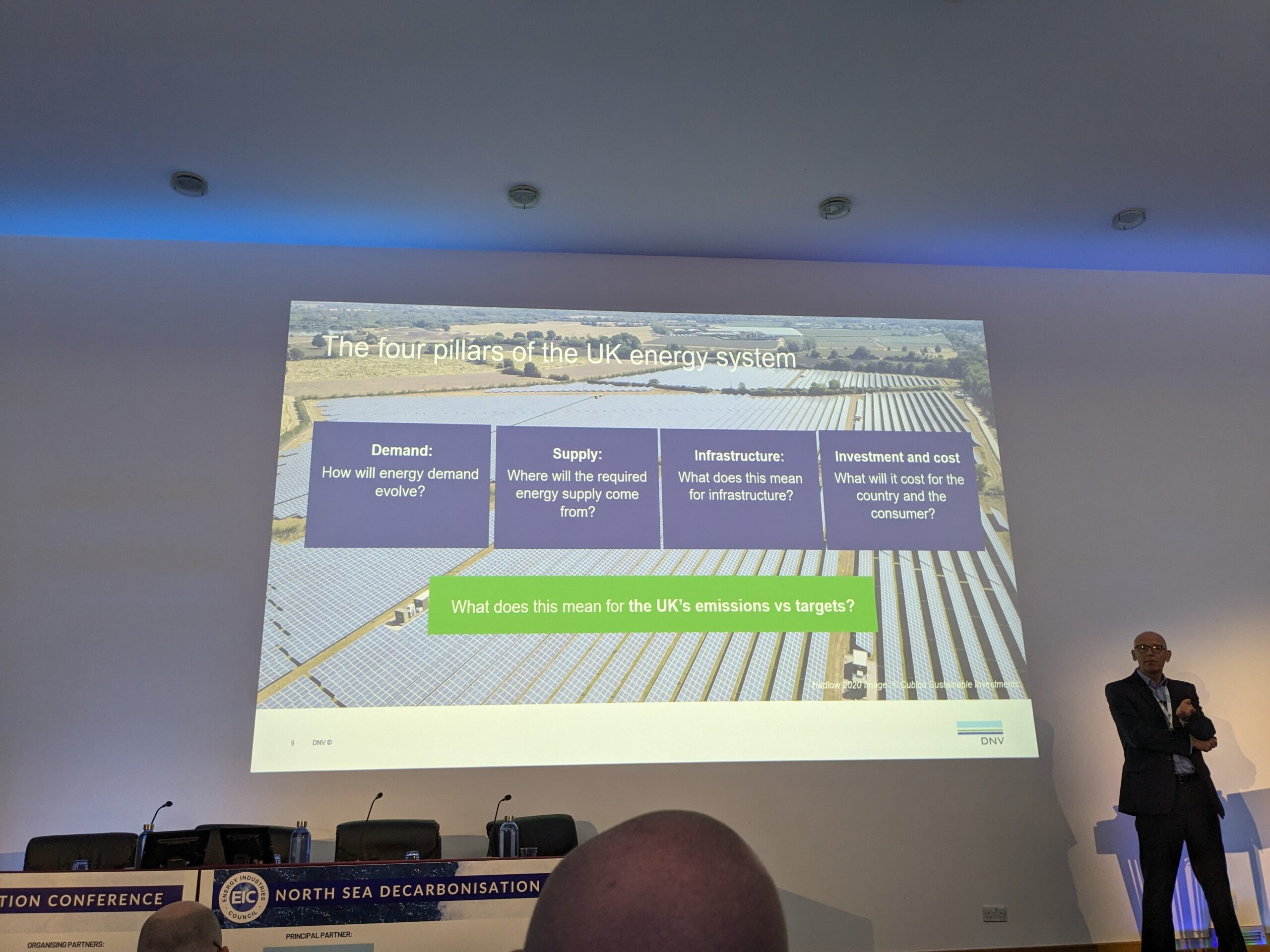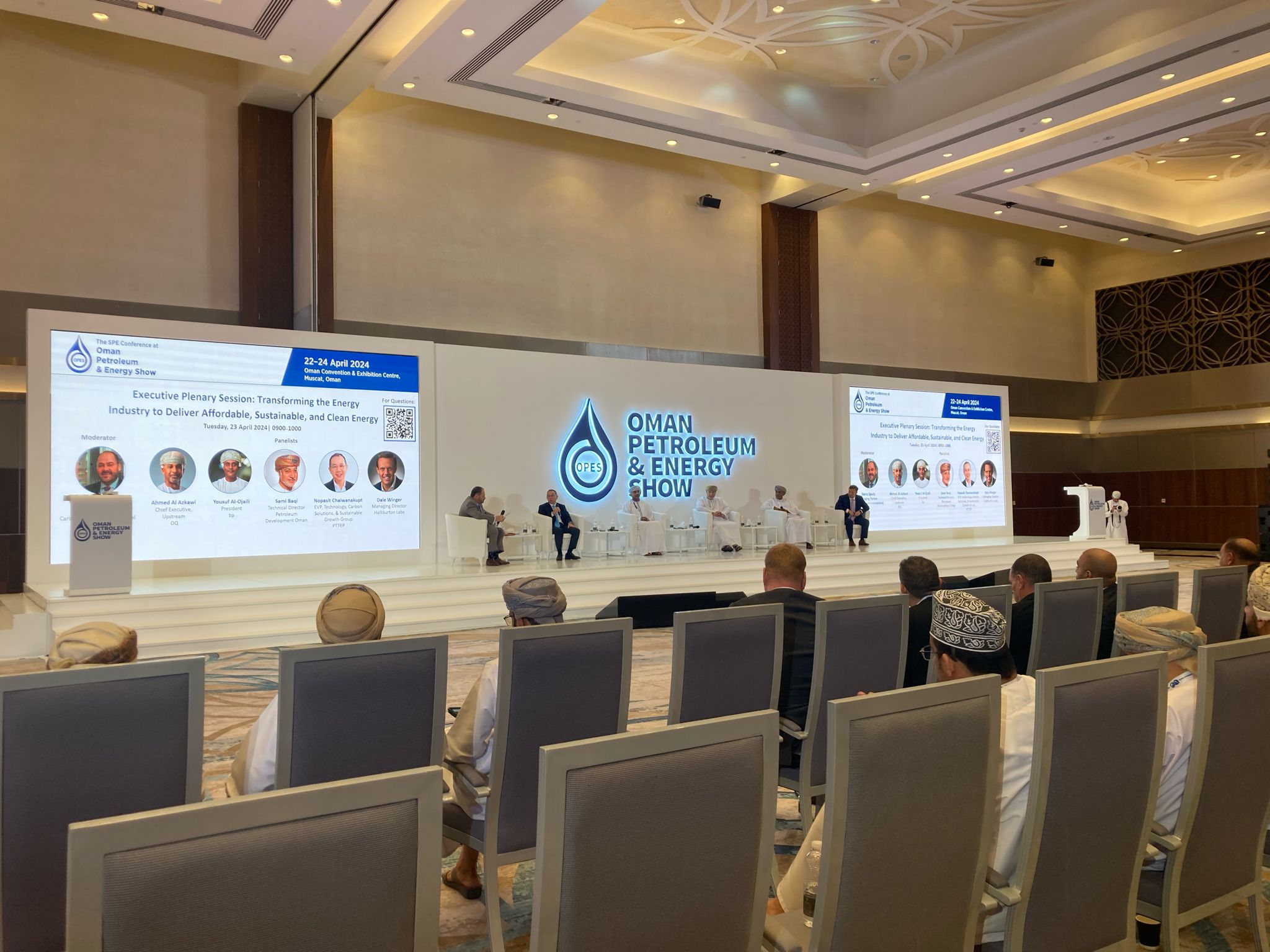China’s Belt & Road Initiative boosts SE Asian renewables
China’s Belt & Road Initiative has been making a hard pivot from fossil fuel project investment to more renewables in recent years.

Through its Belt & Road Initiative (BRI), China continues to finance a plethora of global energy projects, including a laundry list of fossil fuel power projects and more recently a growing number of renewable projects.
A new Wood Mackenzie report examined this expansion and found that over the past decade Chinese companies under the BRI invested US$200 billion, equaling 128 GW of power capacity.
Moreover, the lion’s share, some 75 percent of project capacity, is in Asia, not surprising given the region’s economic growth and corresponding increased energy demand.
Among the completed projects, some 62 coal and 30 gas power projects represent 57 percent of total BRI capacity, the report found. In addition, 199 renewable projects, including wind, solar, and hydropower, have been completed for 37 percent of capacity. The remaining 6 percent comes from nuclear and other sources. However, around 20 percent of all global BRI projects face delays or have stalled for various reasons, the report said.
Notably, China’s BRI has been making a hard pivot from fossil fuel project investment to more renewables, with new-build renewables capacity morphing from 19 percent of total investment just ten years ago to 47 percent in 2022.
Indonesia and Vietnam investment
Of the 78 countries China has invested in under its Belt & Road Initiative energy programme, Association of Southeast Asian Nations (ASEAN) members Indonesia and Vietnam hold top spots. Chinese companies invested US$25 billion in Indonesia (90 percent for coal and 10 percent for hydropower), while
they invested US$24 billion in Vietnam (73 percent coal and 27 percent for wind and solar).
Indonesia is the most populous ASEAN member with its largest economy, the 16th largest economy in the world. Meanwhile, Southeast Asian economic tiger Vietnam has one of the bloc’s fastest growing economies along with accelerated energy demand.
Alex Whitworth, Vice President of Asia Pacific Power Research at Wood Mackenzie, and one of the report’s lead writers, told Gas Outlook that the two countries stand out from the rest for similar reasons.
“Previously, Vietnam and Indonesia mainly relied on coal-to-power, which was the earlier focus for Chinese BRI companies. Coal represents more than one-third of power projects Chinese companies completed overseas, so they had earlier entry and are also more experienced in the two markets since they are geographically close to China too,” he said.
There’s also a continuous transition away from coal to more renewables in both Vietnam and Indonesia, especially after China announced its no new overseas coal power policy in 2021, Whitworth said.
He added that as both countries move away from coal and put more focus on renewables, he expects Chinese companies to expand their roles in renewables development in Indonesia and Vietnam.
Whitworth also explained that there are considerable differences between China’s Belt & Road Initiative investments in the two countries. “Vietnam and Indonesia are at quite different stages of development, he said. “The share of wind and solar power in Indonesia is very low, only 0.2 percent in 2022 reflecting relatively poor economics of generation renewables compared to coal.”
Chinese technology and experience could be very valuable to Indonesia as it starts opening up more opportunities for renewables, he said.
“Vietnam is at the other side of the spectrum in Southeast Asia having gone through a boom of renewables investments in the last five years,” he added. “However, major [grid] curtailment and lack of system-level planning in Vietnam has caused renewables investments to dry up, and this also opens opportunities for Chinese companies in areas such as grid, energy storage and flexible capacity.”
Gas investment dilemma
Though Wood Mackenzie’s report shows more Chinese investment in Indonesia and Vietnam’s renewables capacity, other reports indicate that both countries are still being called on the carpet for increasing coal and gas investments, seemingly in contradistinction to their net zero 2050 goals.
Indonesia is both a major coal producer and exporter as well as a major coal consumer. Its thermal coal exports topped all other coal producing countries, coming in at 413 million metric tons over the first ten months of 2023. Meanwhile, its coal consumption last year equaled approximately 4.38 exajoules of coal, a slight increase compared to the previous year.
Indonesia is also a major gas producer and LNG exporter. It was the world’s eighth largest LNG exporter in 2022, exporting some 19.5 mtpa of the super-cooled fuel. However, due to increased energy demand it is now earmarking more gas for domestic usage.
That pivot from gas exporter to domestic gas user has increased so much this year that the Indonesian government said in June that it had no plans for an outright LNG export ban but will nonetheless prioritise domestic energy security in the future.
Vietnam, for its part, is the world’s ninth largest coal consumer, despite having a population of just under 100 million people. It will rely on the dirtiest burning fossil fuel for power generation that is projected to reach 30 GW by 2030.
Vietnam is also going long on new offshore gas production, LNG import project development and more LNG-to-power projects. The country started importing gas this year at two long-delayed LNG terminals, with another five LNG import projects slated to commence operations by 2027.
Complicating matters for both countries, they are two of the first three signed up to receive funds under the Just Energy Transition Partnership (JETP) which provides financing for clean energy projects to help developing countries reach net zero.
However, both Indonesia and Vietnam are at odds with JETP funders for continued fossil fuel project investment. Indonesia is earmarked to receive US$20 billion in JETP funds, with Vietnam slated for some US$15.5 billion. Funding partners include Japan, the U.S., Canada, Denmark, France, Germany, Italy, Norway, the EU, and the UK.
Disagreements over the type of funds provided and technical challenges to help ensure a coal-to-renewables switch has also been one of the biggest roadblocks for both countries’ JETP development so far.



